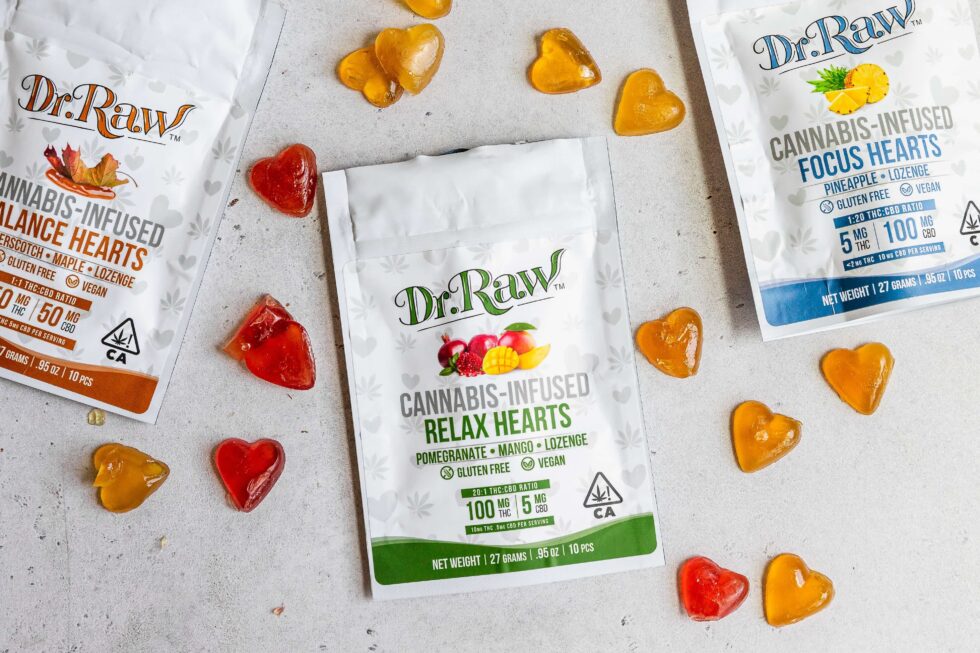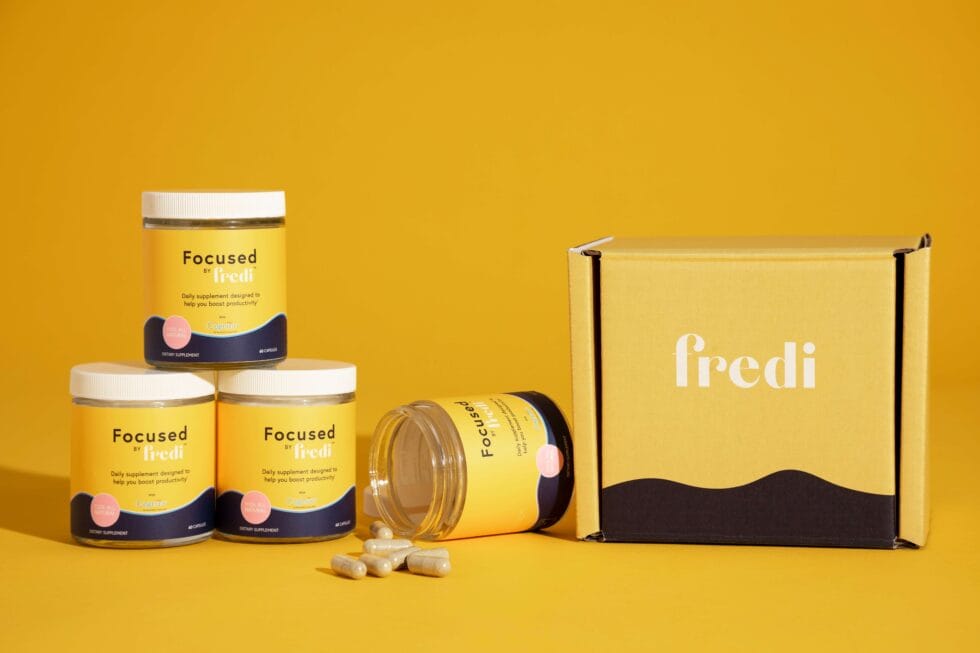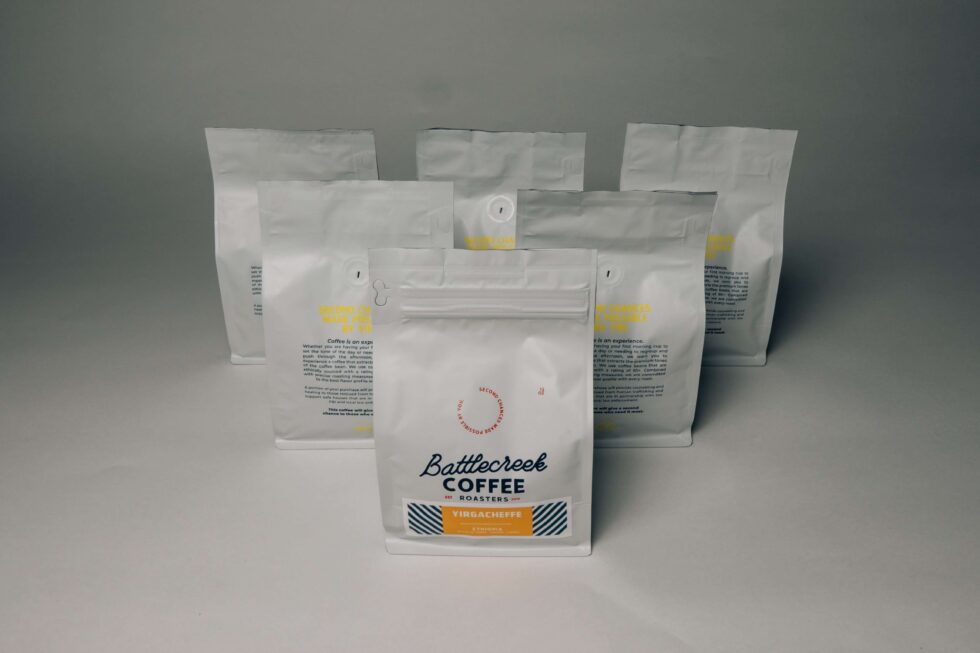7 Primary Advantages Of Digitally Printed Flexible Packaging
As it is often said, change is the only constant. Adapting to change has so far been the most effective way of evolving and growing, especially for economies and industries across the globe. One of the sectors that have brilliantly embodied this phenomenon is the packaging industry.
Over the years it has strategically shifted from traditional packaging to flexible packaging to serve the new world that admires innovation, seeks convenience, and applauds eco-conscious efforts. This thoughtful and technology-backed transition has helped businesses keep up with the ever-changing consumer demands, and embrace the dynamism of the world.
Today, fierce competition is one of the biggest challenges that businesses face. No matter the product or the service, there are plenty of options in the market for consumers to choose from. In times of tough competition, flexible packaging printing has given brands a chance to stand out from the crowd. As such, they are now actively investing in digitally printed flexible packaging to make their products more visually appealing to consumers. Today, let’s explore the many advantages of digital printing on plastic pouches/polyethylene packaging.
Top 7 Benefits Of Digitally Printed Flexible Packaging
1. Quicker Package Production:
Traditional packaging entails extensive or partially manual processes that consume weeks in case of complex designs. When it comes to digital printing, the process is as simple as it gets. One does not need an elaborate set-up, any plates, or other expensive tools. The first step is to create a digital file of the design to be printed on the packaging and then sent it over to your digital printing company. This way, the packaging will be ready in a matter of days, significantly reducing the production and shipping time. The improved delivery speed always contributes to enhancing client satisfaction.
2. More Avenues For Personalization:
New-age packaging requires new-age printing solutions as well. Using traditional print plates with flexible packaging materials can be tricky. On the other hand, digital printing can be easily applied to both rigid and flexible packaging films. In addition, it brings the gifts of customization and flexibility in terms of design. High-quality brand logos and taglines can be easily printed on the pouches, enhancing brand recognition and recall. Digital printing on polyethylene packages works wonders. The packaging is transparent and it can accommodate attractive designs on the package, while also giving consumers a glimpse of the actual product inside. This can help increase the chances of your product standing out amidst similar products on the shelf.
3. Swift Design Updates:
Any and every brand packaging design has to go through multiple approvals from internal and client-side teams before being finalized. These approvals often come after a rather long list of changes. However, design tweaking is an easier process with digital printing. Minor to major updates can be easily incorporated into the design without delaying the production process by a lot. Updating the file involves lower costs and the dedication of fewer resources as well. For example, if the brand logo has to be updated on the new batch of products, changing the entire design with the new logo can be done in a matter of minutes.
4. Reduced Costs:
The most covenant part about digital printing is that it facilitates short and medium runs. Producing packages in small batches is one of the best ways of ensuring no excess production. Better inventory management always leads to cutting costs, helping businesses invest in more revenue-generating processes rather than repairs. In addition, with digital printing, the cost per unit is significantly less as compared to offset printing for low and mid-volume orders. Firms can save more on the equipment as there are no set-up costs involved, and no print plates are required. As the printing and shipping processes are much faster via automated processes, they ensure a stable cash flow.
5. Short-term Promotional Packaging:
Some of the grandest business strategies revolve around festivities and seasonal occasions. No matter the scale, brands never want to miss an opportunity to advertise and promote products during seasonal periods. This is where digital printing can play a key role. It brings flexibility in terms of both quicker production and better design integration. Brands can customize packages for shorter runs and in small batches – each one tailored to specific target audience groups. It also allows businesses to experiment with their messaging and designs, without risking a lot. Once the promotional period passes, the packages can then go back to featuring the old design.
6. Sustainable Printing Alternative:
The production speed is quite impressive with digitally printed flexible packaging. Consequently, brands do not always have to produce packaging in bulk. They can order as and when the demands roll in. This leads to less inventory, eventually ensuring that no excess waste is created in the process. Moreover, emissions produced by digitally printed flexible packaging are fewer when compared to traditional packaging. The energy consumption is relatively less as well.
7. Less Room For Human Errors:
As the processes associated with digital printing are mostly automated, there is less room for human error. The quality of the packaging is improved, while also reducing costs on errors that are expensive to undo. The artwork designed is precisely printed in all its glory and with impeccable consistency throughout the entire batch of packages. The fact that there are little to no errors also ensures a quick turnaround time.
When implemented correctly, digitally printed flexible packaging can prove to be a revolutionary change; one that is designed to simplify the ways of packaging, as well as bring a treasure trove of added benefits to the table for brands who aspire to stay ahead of the game.
Contact Ecoplast Ltd – Flexible Packaging Film Suppliers In India
Ecoplast Ltd, one of the leading flexible packaging companies in India, is home to an extensive range of quality packaging films. We hold expertise in designing and manufacturing Surface Protective Films that protect products such as steel, aluminum panels/profiles, carpets, tiles, and glass from dust, scratches, and other environmental impacts. Here are our offerings:
-EcoGen™ (Lamination Films)
-EcoProtect™ (Surface Protection Films)
-EcoBond™ (Adhesive Films)
-EcoPrime™ (Speciality Films)
Our services are now available in the global markets. We successfully run manufacturing and distribution operations in nine countries – India, Canada, USA, UK, Dubai, Ethiopia, Mauritius, Sri Lanka, and Malaysia, along with an active presence in all major regional markets. Browse through our premium products online, and select the ones that best suit your requirements. For any further queries, contact us at: +91-22-2683 3452 / +91-22-2683 1403, or drop an email at: [email protected]


